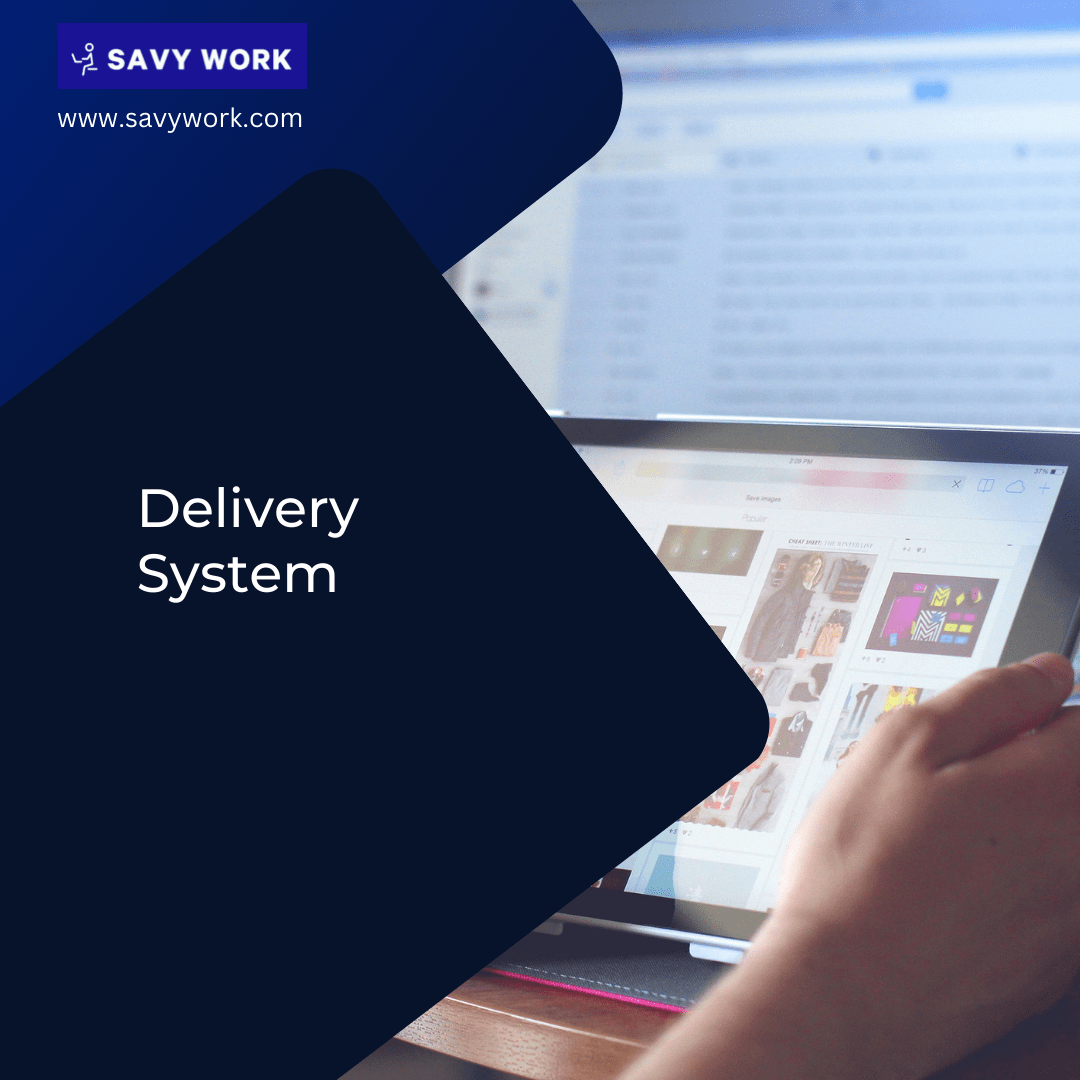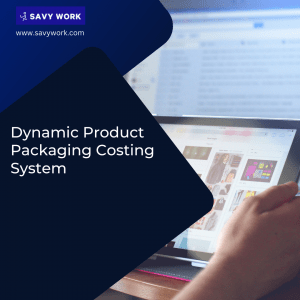Description
The delivery system can be divided into several key components, including order fulfillment, inventory management, transportation, and tracking. Each of these components plays a critical role in ensuring that goods are delivered on time, in good condition, and at a reasonable cost.
Order fulfillment involves the process of receiving, processing, and packaging customer orders. This can involve a range of activities, such as picking and packing goods, printing shipping labels, and preparing the goods for transport. Order fulfillment can be handled in-house or outsourced to a third-party logistics provider (3PL).
Inventory management is another critical component of the delivery system. It involves the process of managing stock levels, forecasting demand, and ensuring that the right products are available at the right time. This can involve a range of strategies, such as just-in-time inventory management, safety stock levels, and cycle counting.
Transportation is another key component of the delivery system. This involves the physical movement of goods from one location to another, whether it is by air, sea, road, or rail. Transportation can be handled in-house or outsourced to a carrier or logistics provider.
Tracking is the final component of the delivery system. It involves the process of monitoring the movement of goods from the warehouse to the customer’s location. This can involve a range of technologies, such as GPS tracking, barcode scanning, and electronic proof of delivery (POD) systems.
The effectiveness of the delivery system can have a significant impact on a business’s bottom line. A well-designed and efficient delivery system can help businesses to reduce costs, improve customer satisfaction, and increase revenue. However, a poorly designed or inefficient delivery system can lead to increased costs, decreased customer satisfaction, and lost revenue.
To ensure that the delivery system is effective and efficient, businesses must have a clear understanding of their customers’ needs and preferences. This may involve conducting market research or analyzing customer feedback to determine the most effective delivery strategies.
It is also important to invest in the right technology and infrastructure to support the delivery system. This may involve implementing a warehouse management system (WMS) to manage inventory, using transportation management software (TMS) to optimize shipping routes, or investing in GPS tracking and other technologies to improve visibility and tracking.
In conclusion, the delivery system is a critical component of any business that moves goods from one location to another. It involves a range of processes, including order fulfillment, inventory management, transportation, and tracking. By designing an efficient and effective delivery system that meets the needs and preferences of customers, businesses can reduce costs, improve customer satisfaction, and increase revenue.









 by
by
Reviews
There are no reviews yet.